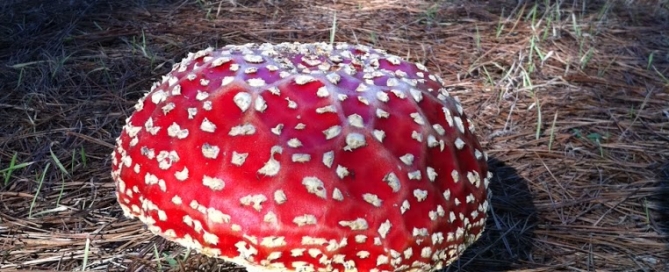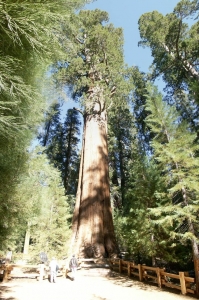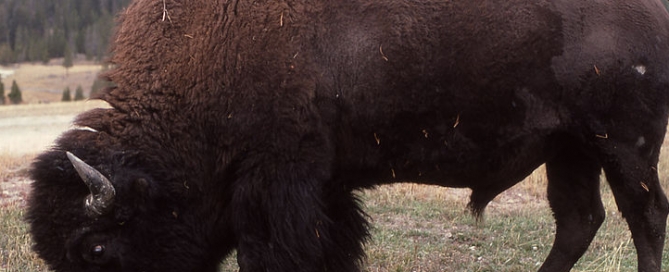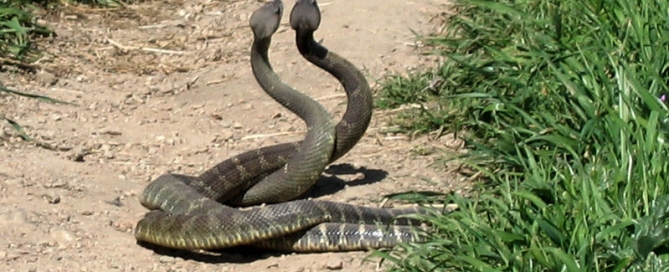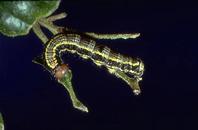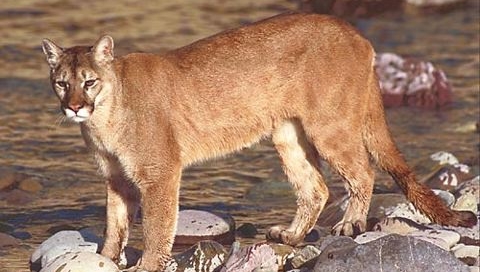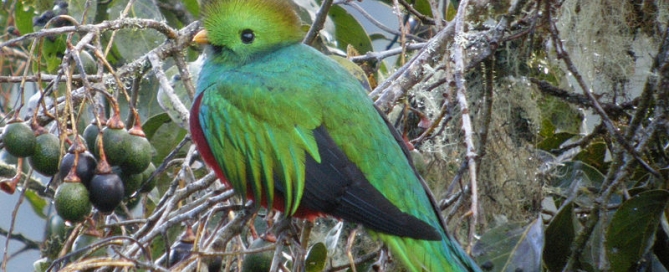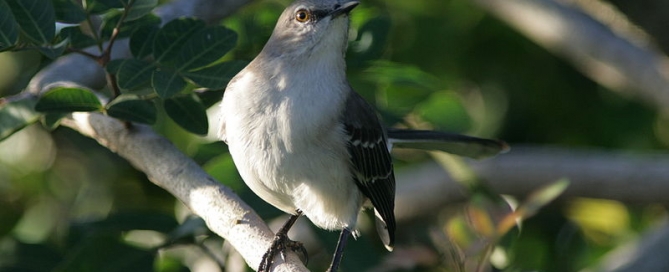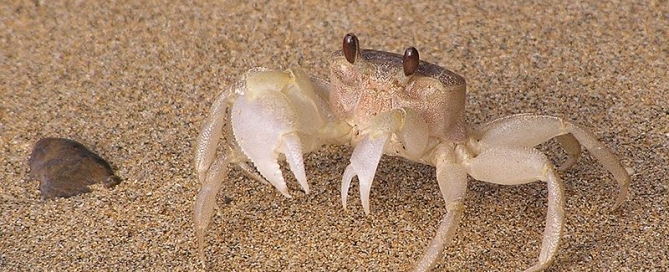The Wood-Wide Web
So a mushroom walks into a bar and the bartender says, “I’m sorry, we don’t serve mushrooms here,” and the mushroom says, “Aw, c’mon—I’m a fungi!”
Admit it, it’s cute.
Susan and I photographed this delightful mushroom yesterday next to one of our favorite running trails. It is called the fly agaric (Amanita muscaria), and it’s common in the Monterey pine forests here on the central coast of California, and also in lots of other coniferous forests. They’re very poisonous. They’re also very hallucinogenic, and if you research them on the Web you end up on the sites of some very interesting people discussing how to get high on them without dying. (Don’t worry, I’m not going there with this article.) They’re called the fly agaric because you can crush some of it in milk and flies will be attracted to it and poison themselves. It was a common pest control trick in the days of old.
But here’s the thing about mushrooms: When you see a mushroom in the woods, you’re only looking at the fruiting body. In that sense, calling a mushroom a fungus is like calling an apple a tree. The organism itself is not visible unless you paw down a few inches into the forest duff. There you might see a network of tiny cobweb-like fibers organized into a mat called a mycelium which runs through the moist soil below the blanket of pine needles, sometimes for acres, and my friend, you have no idea how much we all owe to these mycelia here on the Planet Earth.
The fibers (called hyphae) of the mycelia are so tiny (a one-hundredth of a millimeter) that there can be a mile of them in a single cubic inch of forest soil, and the stuff they do for the ecosystem is just amazing. They connect with the roots of all the trees in a symbiosis which gains the tree hugely superior water- and nutrient-gathering capabilities, because the fibers are so tiny compared to even the smallest roots, giving them a huge surface area, and also because fungi have the chemical chops to process some minerals that trees cannot, like calcium (which is why fungi colonized land fifty million years before plants managed it). The tree, in return, provides the sugars it has manufactured, and sustains the fungus. The mycelia fibers branch and radiate outward like any plant would, but they also do something more unusual: They reconnect. This is not a branching, it is a network, and in fact those mycelia fibers don’t just carry sugars and nutrients, they carry information. The hormones that tell a tree’s leaves to drop have been found in these mycelia, and that’s what finally explained how an entire forest would hit leaf drop at the same time, even though some trees were up on sunny ridge tops and others were down in the canyons where the photoperiod is drastically shorter. How do forests act in concert like this when the cues each tree is perceiving are so different? They communicate, that’s how. They share information hormonally, through what mycologists are starting to call the “wood-wide web.” Even information about herbivore damage and pathogen attack is passed through the mycelia, with the result that trees can muster their defenses against a pathogen that hasn’t even reached their part of the forest yet. Sugars and carbon also move through the mycelia from one tree to another, even across species. Tagged carbon has been tracked moving from a birch tree in a sunny area to a Douglas fir in a darker spot where carbon is harder to come by. The trees share, and they also talk, and all of this is a pivotal argument used by people who support the Gaia hypothesis.
The Gaia hypothesis is as fuzzy as it deserves to be, but I’ll try to distill it: It is the idea that an entire ecosystem—or even the entire planet—can be viewed as a single super-organism, which proactively acts to maintain the conditions necessary for life. If you open it up you can find some science inside it, but overall it’s a little fru-fru for my tastes, and it attracts a lot of people who need to believe that nature has some sort of a benevolent personality, and maybe some mystical bling. But that being said, all the interactions they cite are quite real, and by the way, they’re not always benevolent . Some mycelial fungi can kill a stand of trees, and it happens all the time. This is a good and normal thing—it opens up clear spaces, rejuvenates the soil and promotes biological diversity, but the Forest Service doesn’t like it very much, which is why the largest organism in the world got discovered.
It’s a honey mushroom fungus (Armillaria ostoyae) in the Malheur National Forest in eastern Oregon, and it is a single mycelial mat 2,200 acres in size and three and a half miles across. That’s the size of 1,665 football fields, or, to quote an even more improbable comparison, almost four times the size of the Pentagon. It was discovered by Forest Service scientist Catherine Parks, who got word of a large tree die-off that looked like root rot. She did what any forester would do: She reached for the most recent aerial photos and mapped out root samples from across the affected area, and ran their DNA to identify the fungus.
Well, you can observe a lot just by watching, says the great American philosopher Yogi Berra, and I’ve always loved the quote, and I’ve always loved a naturalist who has her eyes open. Catherine Parks, apparently, noticed that most of the DNA samples she got back weren’t just of the same species—they were genetically identical. She had discovered the largest single organism on earth.
Depending on what you mean by largest. In surface area, the Oregon fungus takes the prize hands down. But in mass, it’s probably surpassed by a stand of genetically identical quaking aspens in Colorado which all sprung asexually via suckers from each others’ roots, and share a single, 106-acre root system. There are over 47,000 trees, and it’s estimated that taken together, they might be a 6,600-ton organism.
Depending on what you mean by organism. When you dig into this literature you start to see a sort of a semantic religious war quietly raging beneath the surface of these scholarly papers about what constitutes an organism. The Oregon fungus is genetically consistent across all 2,200 acres, but are all the fibers connected to each other and functioning as one individual? No one really knows. Lots of organisms reproduce asexually and are genetically identical. Heck, by that standard the Great Barrier Reef would be a single organism the size of some small countries. If a single logging road were to be cut through the middle of the Oregon fungus, it would roughly halve its size according to roughly half the scientific community.
And if you don’t believe that merely sharing a root system and a DNA fingerprint qualifies an aspen grove to be single organism, then the biggest organism on earth as measured by both mass and volume again becomes our old favorite—from my wife’s childhood stomping grounds—the General Sherman Tree, a giant sequoia (Sequoia gigantea) in Sequoia National Park in the Sierra Nevada Mountains of California.
Now you know.
Copyright © 2012 Randy Fry

